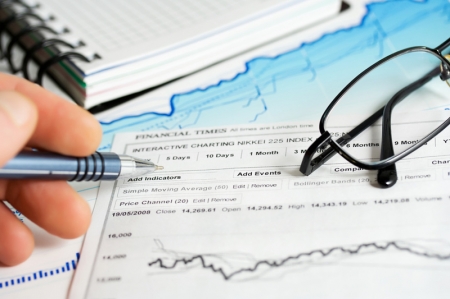Consumer Credit dips below expectations, signals cautious consumer spending
2024.11.07 15:15

In a recent economic turn of events, the Consumer Credit figures have reported a significant downturn. The actual figure came in at $6.00B, falling short of the predicted forecast and the previous number.
The forecast for the Consumer Credit stood at $12.20B, indicating that the actual figure reported is significantly lower than expected. This underperformance indicates a more cautious approach to consumer spending and borrowing, which could potentially signal a slowing economy.
Comparatively, the previous Consumer Credit number was reported at $7.64B, showing a considerable decrease in the current reporting period. This decrease further emphasizes the trend of consumers cutting back on credit and installment payments, possibly due to economic uncertainty or financial strain.
Consumer Credit is a crucial economic indicator as it measures the change in the total value of outstanding consumer credit that requires installment payments. It is closely correlated with consumer spending and confidence, providing valuable insights into the overall health of the economy.
Given its importance, the figure is closely watched by economists and investors as it can be volatile and is often subject to sizable revisions. A higher than expected reading is generally seen as positive for the USD, while a lower reading, such as the one reported, is taken as negative or bearish for the USD.
This downturn in Consumer Credit may have implications for the broader economy, potentially affecting consumer spending patterns and economic growth. It also may influence monetary policy decisions, as policymakers often consider consumer credit trends when setting interest rates.
While it’s too early to predict the long-term impact of this downturn, it’s clear that consumers are currently less willing or able to take on credit. This trend suggests a more cautious approach to spending, which could impact various sectors of the economy. As we move forward, it will be crucial to monitor these trends and understand their potential impacts on the economic landscape.
This article was generated with the support of AI and reviewed by an editor. For more information see our T&C.







